 1991 Mitsubishi Lancer V Dimensions, Size & Specs
1991 Mitsubishi Lancer V Dimensions, Size & SpecsMeasurements of the 1991 Mitsubishi Lancer V, engineered for optimal performance and comfort
| Dimensions | |
|---|---|
| Length: | 4275 mm168.3 in14.0 ft |
| Width: | 1690 mm66.5 in5.5 ft |
| Height: | 1385 mm54.5 in4.5 ft |
| Trunk Capacity: | 320 liter11.3 cu ft |
| Weight Specifications | |
| Curb Weight: | 940-1070 kg2072-2359 lbs |
| Maximal permitted Weight: | 1450-1580 kg3197-3483 lbs |
| Tire Specifications | |
| Rims Size: |
|
| Tire Sizes: |
|
The Mitsubishi Lancer V, produced between 1992 and 1996 with the 1991 model year, is a compact sedan that features balanced proportions ideal for urban driving and everyday use. This generation of the Lancer measures 4275 mm (168.3 inches) in length, 1690 mm (66.5 inches) in width, and 1385 mm (54.5 inches) in height, making it a practical choice with a moderate footprint that fits well in smaller parking spaces. The vehicle's curb weight ranges from 940 to 1070 kg (2072 to 2359 lbs), highlighting its lightweight construction that contributes to fuel efficiency and agile handling. The maximum weight capacity spans from 1450 to 1580 kg (3197 to 3483 lbs), suggesting a solid payload and towing capability for a car in this class. The Lancer V offers a luggage capacity of 320 liters (11.3 cubic feet), providing ample space for day-to-day cargo needs. Equipped with 13-inch rims and tire options including 155/80 R13 and 175/70 R13, it maintains a comfortable and stable ride on various road conditions. These specifications make the Mitsubishi Lancer V a reliable and efficient compact sedan with dimensions and features that appeal to a wide range of drivers seeking practicality combined with classic Japanese engineering.
Discover the standout features that make the 1991 Mitsubishi Lancer V a leader in its class
Have a question? Please check our knowledgebase first.
The Mitsubishi Lancer V sedan, produced between 1992 and 1996, features a length measuring 4275 mm (168.3 inches), a width of 1690 mm (66.5 inches), and a height of 1385 mm (54.5 inches). These dimensions classify it as a compact sedan typical of early 1990s vehicle design, providing a balance of interior space and maneuverability. Its relatively moderate width and height contribute to ease of handling in urban environments while maintaining passenger comfort.
The curb weight of the Mitsubishi Lancer V ranges from 940 kg to 1070 kg (2072 to 2359 lbs). This relatively light weight for a sedan of its class helps optimize fuel efficiency, making the car economical to run. Additionally, the lighter weight positively influences handling and acceleration, allowing the Lancer V to feel responsive on the road. Weight variations depend on trim levels and optional features, but overall, the Lancer V's light curb weight is an asset for everyday driving and performance.
The Mitsubishi Lancer V provides a luggage capacity of 320 liters (approximately 11.3 cubic feet). This volume is quite practical for a compact sedan and is sufficient for daily errands, grocery runs, or small trips. While not large compared to bigger vehicles, the trunk space offers functional utility for the car's size category. The rear seatbacks may also fold down (depending on specific trim), increasing flexibility for transporting longer items when needed.
Yes, the Mitsubishi Lancer V fits comfortably into a standard home garage. With a length of 4275 mm (168.3 inches), a width of 1690 mm (66.5 inches), and height of 1385 mm (54.5 inches), this sedan is compact enough for typical residential garages, which usually offer at least 2.4 meters (8 feet) of width and 5.5 meters (18 feet) of depth. The car's modest height also allows sufficient clearance in most garage setups. Overall, parking the Lancer V in standard garages poses no issues for typical owners.
The Mitsubishi Lancer V typically comes equipped with 13-inch rims paired with tire sizes of 155/80 R13 or 175/70 R13, depending on the variant. These relatively small rim sizes and tire profiles contribute to a comfortable and cushioned ride by absorbing road imperfections better compared to larger wheels. The tire width balances traction and fuel economy, enhancing the vehicle's handling on urban roads and highways. This setup suits the car's compact dimensions and weight, ensuring stable yet smooth driving characteristics.
The Mitsubishi Lancer V has a maximum weight (gross vehicle weight rating) ranging from 1450 kg to 1580 kg (3197 to 3483 lbs), which includes the vehicle's curb weight plus passengers, cargo, and fuel. This capacity ensures the car can safely carry a full complement of passengers, luggage, and additional load without compromising structural integrity or handling. Staying within this limit is crucial for maintaining braking performance, suspension function, and overall driving safety, making the Lancer V a practical choice for everyday use and moderate loads.
Compared to its predecessor, the Mitsubishi Lancer IV, the Lancer V saw modest size adjustments that generally made the car slightly longer and wider, enhancing interior space and comfort. The Lancer V's length of 4275 mm (168.3 inches) and width of 1690 mm (66.5 inches) marked improvements over the previous generation's more compact footprint, thereby appealing to buyers seeking more spacious seating and better luggage capacity. These changes also improved road presence while maintaining the car's compact, economical appeal.
The Mitsubishi Lancer V's dimensions place it comfortably within the compact sedan category of the early 1990s, comparable to rivals like the Honda Civic and Toyota Corolla of the era. With a length of 4275 mm (168.3 inches) and a width of 1690 mm (66.5 inches), it is slightly larger than some supercompact models but remains easy to maneuver. Its height of 1385 mm (54.5 inches) is typical for compact sedans, providing a balance between interior space and a low center of gravity for handling. Compared to peers, the Lancer V offers competitive space and practicality.
The Mitsubishi Lancer V's moderate exterior dimensions strike a balance that benefits both city and highway driving. Its length of 4275 mm (168.3 inches) and width of 1690 mm (66.5 inches) allow it to fit easily into tight urban parking spaces and navigate congested streets without sacrificing passenger comfort. Meanwhile, the relatively low height of 1385 mm (54.5 inches) helps improve aerodynamic efficiency and stability at higher speeds. These dimensions, paired with a light curb weight, contribute to responsive handling, good fuel economy, and an enjoyable driving experience in diverse conditions.
The Mitsubishi Lancer V was generally equipped with 13-inch rims and suited tire sizes such as 155/80 R13 and 175/70 R13. These sizes were standard for compact sedans during the early 1990s, making tire replacements and rim customizations relatively accessible and affordable. The availability of commonly sized tires ensures owners can maintain or upgrade their vehicles without difficulty. However, the smaller rim size limits some modern customization options, which have trended toward larger wheels in later models and aftermarket scenes.
Discover similar sized cars.

| Production: | 1989-2003 |
|---|---|
| Model Year: | 1989 |
| Length: | 4215-4335 mm165.9-170.7 in |
| Width: | 1675-1695 mm65.9-66.7 in |
| Height: | 1375-1420 mm54.1-55.9 in |

| Production: | 1995-1996 |
|---|---|
| Model Year: | 1995 |
| Length: | 4310 mm169.7 in |
| Width: | 1695 mm66.7 in |
| Height: | 1420 mm55.9 in |
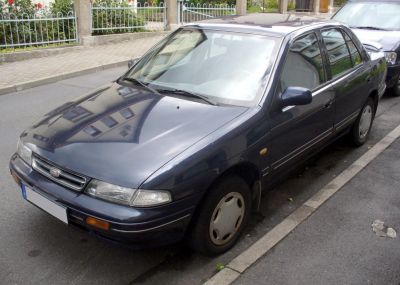
| Production: | 1995-1998 |
|---|---|
| Model Year: | 1995 |
| Length: | 4280-4360 mm168.5-171.7 in |
| Width: | 1695 mm66.7 in |
| Height: | 1390 mm54.7 in |
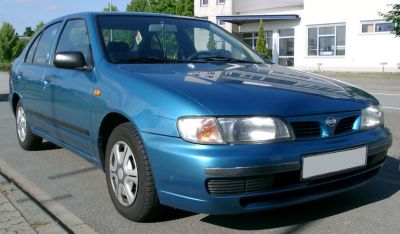
| Production: | 1995-2000 |
|---|---|
| Model Year: | 1995 |
| Length: | 4320 mm170.1 in |
| Width: | 1690 mm66.5 in |
| Height: | 1365-1395 mm53.7-54.9 in |
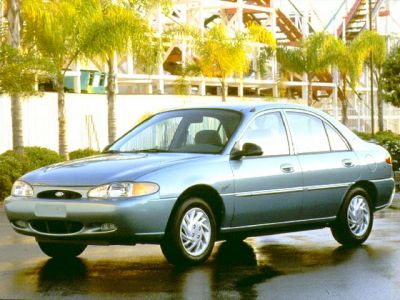
| Production: | 1995-2000 |
|---|---|
| Model Year: | 1995 |
| Length: | 4293 mm169.0 in |
| Width: | 1700 mm66.9 in |
| Height: | 1394 mm54.9 in |
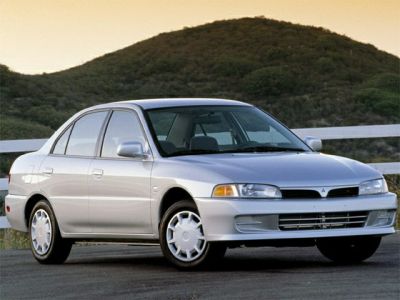
| Production: | 1995-2002 |
|---|---|
| Model Year: | 1995 |
| Length: | 4290 mm168.9 in |
| Width: | 1690 mm66.5 in |
| Height: | 1395 mm54.9 in |
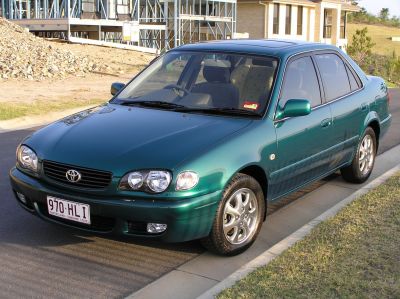
| Production: | 1997-2000 |
|---|---|
| Model Year: | 1998 |
| Length: | 4295 mm169.1 in |
| Width: | 1690 mm66.5 in |
| Height: | 1385 mm54.5 in |
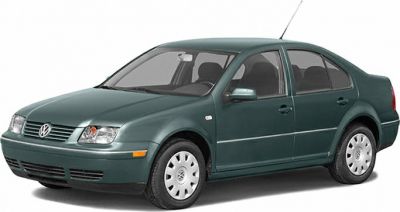
| Production: | 1998-2005 |
|---|---|
| Model Year: | 1999 |
| Length: | 4374-4380 mm172.2-172.4 in |
| Width: | 1730-1740 mm68.1-68.5 in |
| Height: | 1446-1480 mm56.9-58.3 in |
